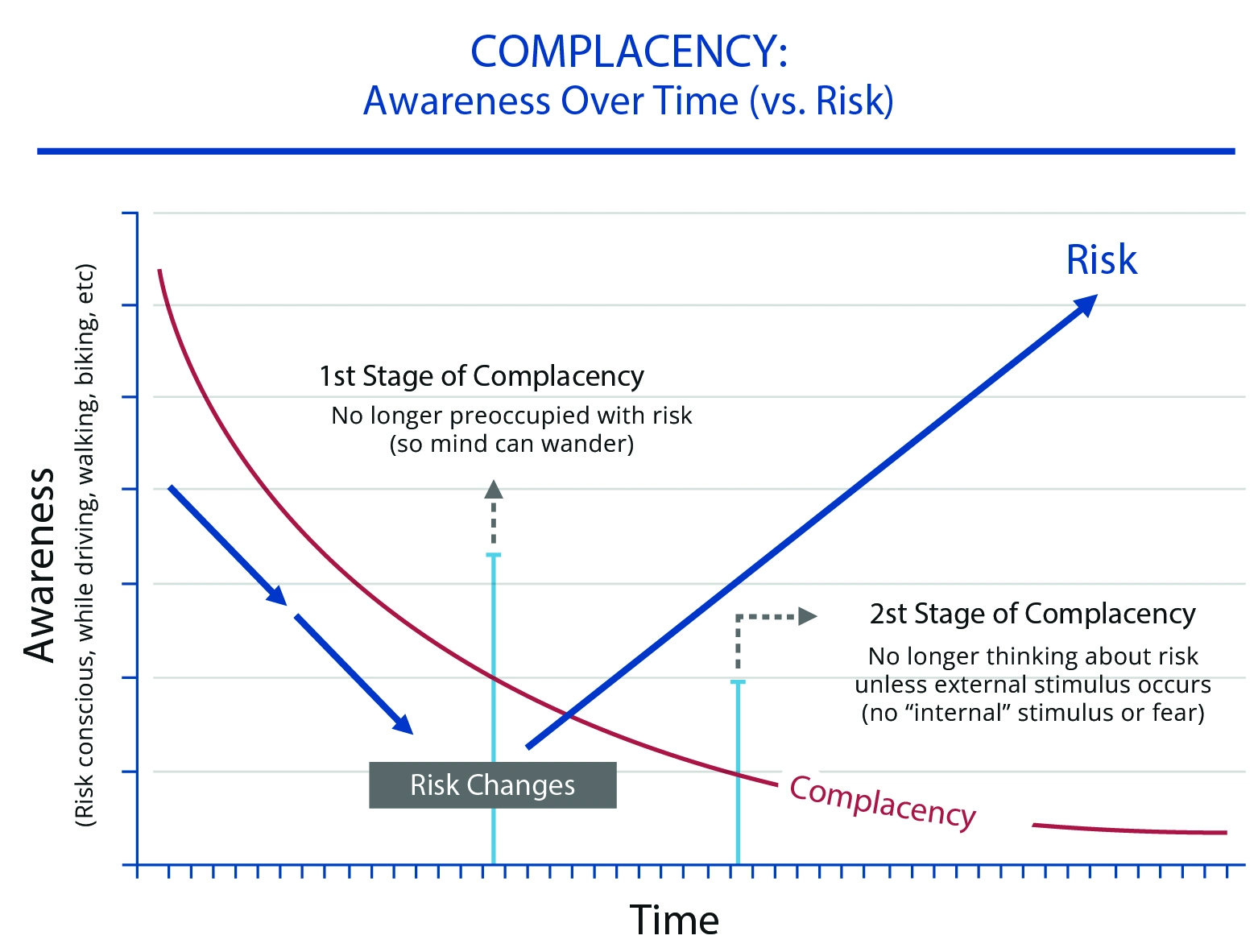Larry Wilson, author and CEO, SafeStart, explains the contributing factors to critical errors. Read on:
Welcome back to the Paradigm Shifts series! In the last article we looked at serious injuries, the contributing factors and just how often mind not on task and eyes not on task were involved, or at least how often they were both involved in the serious injuries that have happened to us (almost every one). And if it’s of any comfort, the same questions have been asked to over a million people in 66 countries, so you’re not alone. The same two critical errors that contributed to your serious injuries also contributed to theirs (and mine).
In this article, like in the first four of this series, you will find a couple of new ideas or paradigm shifts that are somewhat counter-intuitive or almost the opposite of what most people think, that we will explore in more depth. We will also look at some practical, extremely cost effective (free) ways to reduce serious injuries 50% or more. But for now, let’s go back to the last article and the importance of those first two critical errors, eyes and mind not on task.
What we found was that for almost all of us, if we exclude sports, eyes not on task and mind not on task were involved in a very high percentage of our serious injuries, whether they were at work, at home, in the community or on the road. But it doesn’t seem quite right (almost misleading) to say that these two critical errors were just “involved”, because we are never trying to get seriously hurt anywhere or anytime! It’s more like these two errors had to happen or that they have to happen at the same time. Otherwise, if we see it coming, we will almost always get the benefit of our reflexes—which, in most cases, will be enough to prevent a direct hit, blind fall or a head-on collision.
This is not to say that these two critical errors by themselves cause all the serious injuries and fatalities. There are always at least two (or more) contributing factors. But quite often those other factors like the type of hazardous energy: electrical, mechanical, thermal and amount or kind of protection vary considerably as you go from burn to fall to motor vehicle accident. Whereas the first two critical errors, eyes and mind not on task—happening at the same time—are involved in almost every one. And since mind not on task is bound to happen if you know how to do something well, there is much more “leverage” or efficiency in getting people to put some additional effort or more effort than they are currently making (none) into improving their safety-related habits: like moving their eyes first, before they move, looking for line-of-fire potential before moving, looking for things that would cause them to lose their balance, traction or grip, etc.
Preventing serious injuries: an in-depth analysis by SafeStart

Larry Wilson, author and CEO, SafeStart, explains the contributing factors to critical errors. (Image source: Canva)




